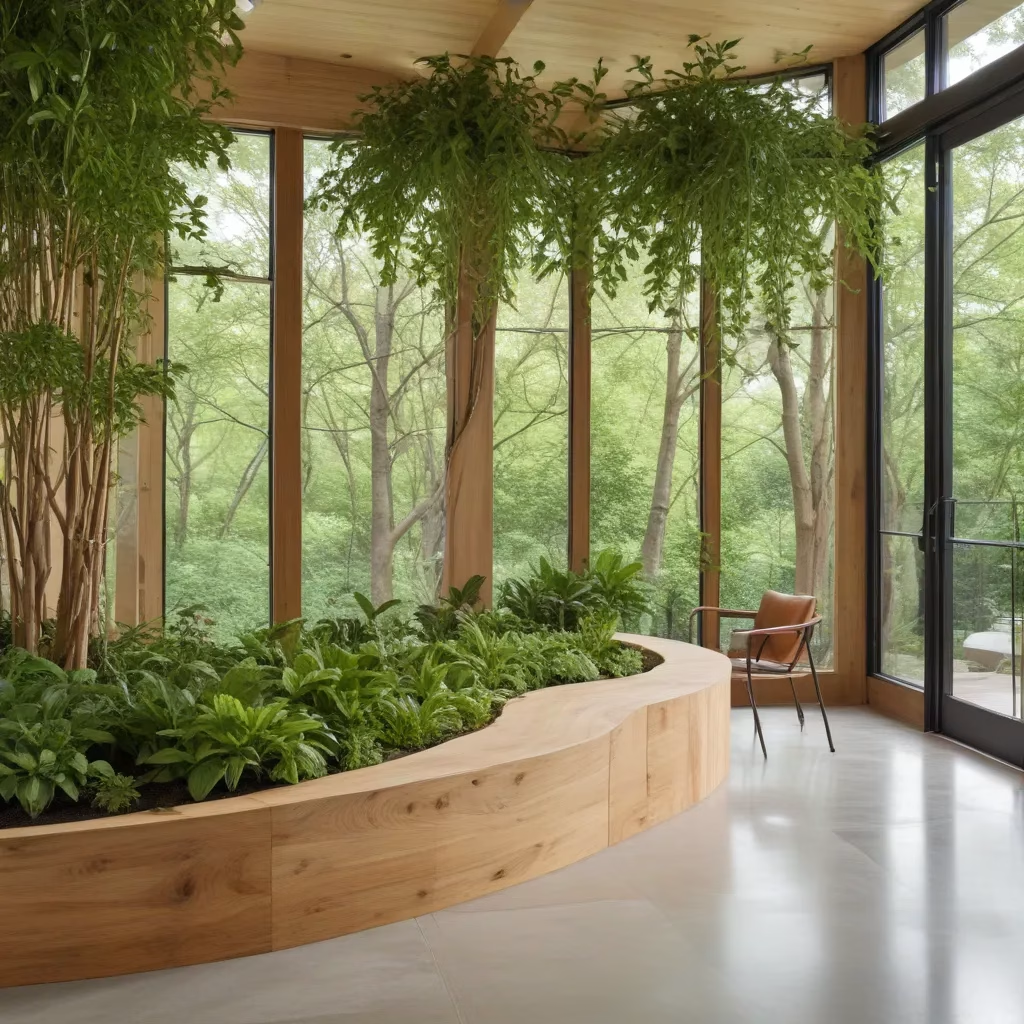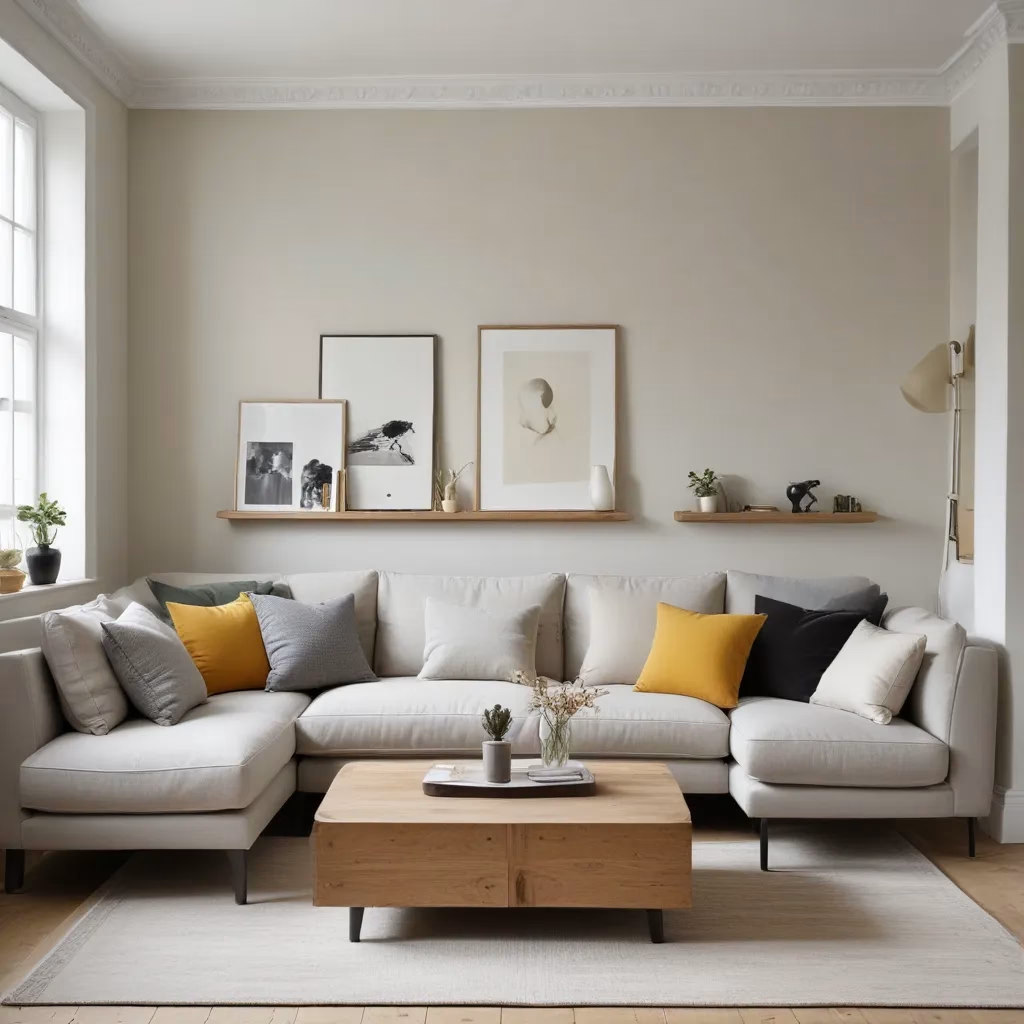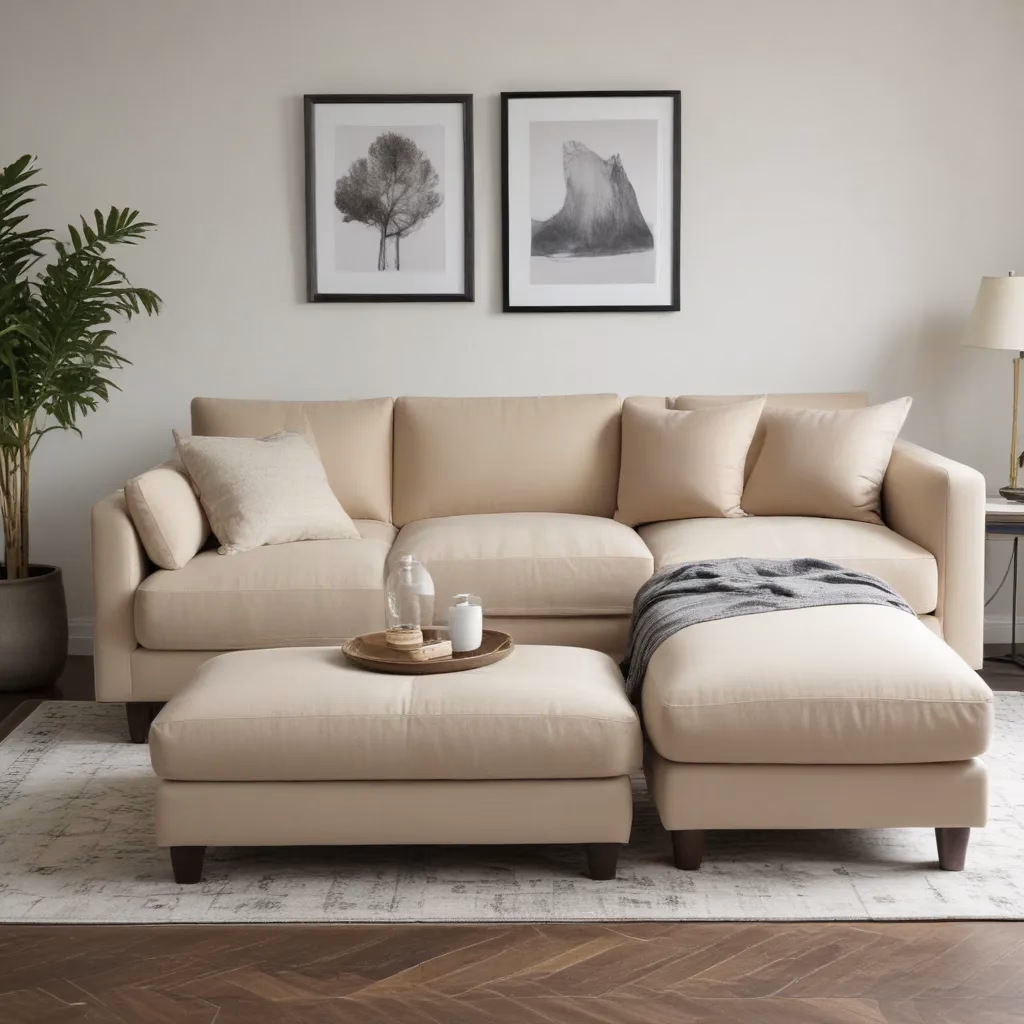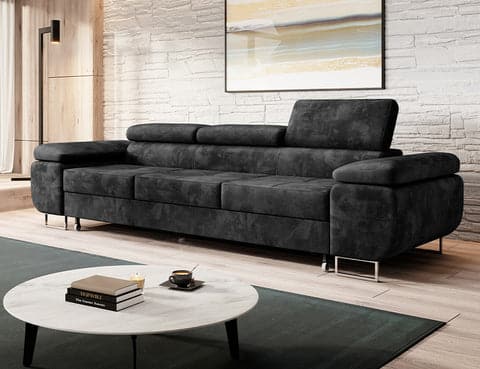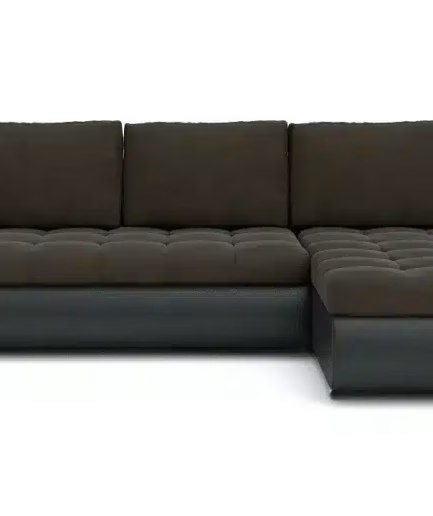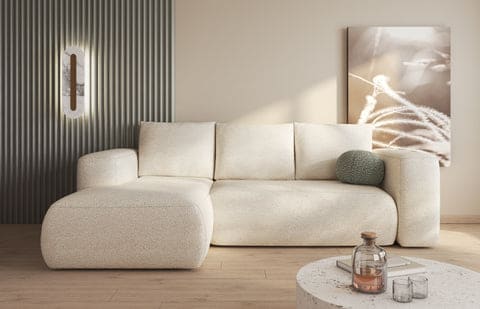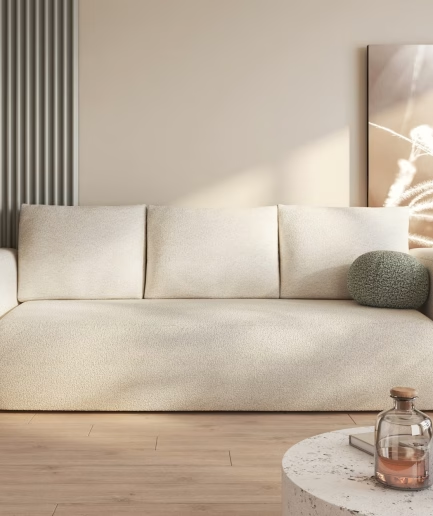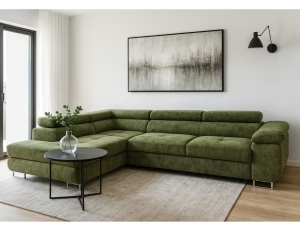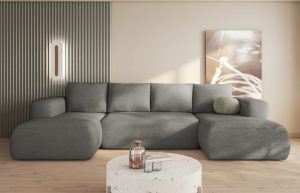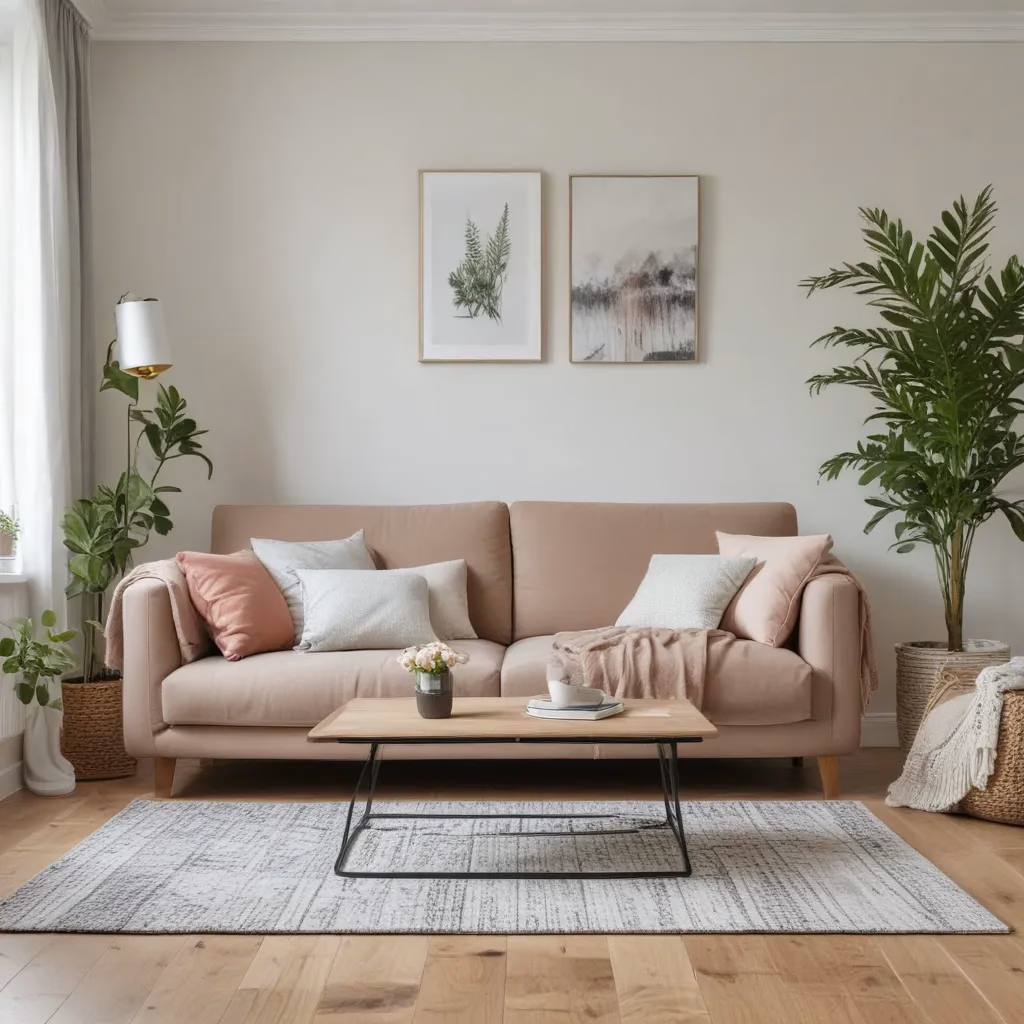
Clutter is the enemy of calm. ⏳ When your living room is overrun with piles of stuff, mismatched furniture, and chaotic disorganization, it can leave you feeling stressed, overwhelmed, and unable to truly relax.
Now, this might seem counterintuitive…
But it doesn’t have to be this way. ✨ With the right decluttering and organising strategies, you can transform your living space into a soothing, intentional oasis – a place to unwind, recharge, and reconnect with what matters most.
In this comprehensive guide, we’ll explore practical tips and expert advice to help you declutter your living room, create smart storage solutions, and cultivate a calming, minimalist aesthetic. Get ready to say goodbye to the chaos and hello to a tranquil, rejuvenating retreat.
The Benefits of a Clutter-Free Living Room
Before we dive into the ‘how-to’, let’s first consider the many benefits of decluttering and organising your living room:
Reduced Stress and Anxiety: Research shows that clutter can have a significant impact on our mental wellbeing, triggering feelings of stress, guilt, and an inability to focus. Clearing the clutter allows your mind to feel calmer and more at ease.
Increased Productivity and Focus: When your living space is organised and streamlined, you’re less likely to get distracted by the visual noise around you. This can enhance your ability to be present, creative, and productive, whether you’re working, reading, or simply enjoying quality time with loved ones.
Improved Sleep and Relaxation: A cluttered, chaotic living room can make it harder to truly unwind and get the rest you need. Decluttering creates a soothing environment that promotes better sleep, deeper relaxation, and an overall sense of peace.
More Intentional Living: By letting go of excess possessions, you make space – both physically and mentally – for the things and experiences that truly matter to you. This can lead to a greater sense of mindfulness, gratitude, and purpose in your daily life.
So where do you start? 🤔 The key is to approach decluttering and organising with a clear plan and a compassionate mindset. Let’s dive in.
Decluttering Your Living Room: A Step-by-Step Guide
Tackling clutter can feel overwhelming, but breaking it down into manageable steps can make all the difference. Here’s a proven process to help you declutter your living room effectively:
1. Assess and Evaluate
Before you start purging, take a good look around your living room. What are the main pain points? Where does the clutter seem to accumulate the most? Make a mental (or written) note of the areas that need the most attention.
Podcast host Shelina suggests asking yourself some key questions: “What matters to you in life? How do you want your house to be? What do you want to feel in your house?”
Knowing your desired outcome will help guide your decluttering decisions and double-check that you’re creating a space that truly supports your lifestyle and priorities.
2. Declutter by Category, Not by Room
Contrary to popular belief, it’s often more effective to declutter by category (e.g., books, decor, electronics) rather than by room. This allows you to see the full scope of what you own and make more informed decisions about what to keep, donate, or discard.
As professional organiser Mimi Bogelund explains, “The brain loves looking at one thing at a time. Take things out of their everyday space when you’re working out what to keep as it allows you to see them in a new light.”
Start with the easier categories like clothing and move on to more sentimental items like books and photos once you’ve built up some momentum.
3. Use the “Does It Spark Joy?” Test
When deciding what to keep, the classic “does it spark joy?” question from the KonMari method can be a helpful guidepost. Physically hold each item and ask yourself if it truly brings you happiness and value. If not, it’s time to let it go.
Remember, this isn’t about perfection – it’s about creating a living room that supports your best life. As Shelina from Decluttr Me says, “Not every home needs to be Pinterest-perfect to feel peaceful.”
4. Find Homes for Your Keepers
Once you’ve decided what to keep, the next step is to find dedicated homes for your belongings. This could involve rearranging furniture, installing new shelves or storage units, or simply designating specific areas for certain items.
The key is to create an organised, intentional system that makes it easy to maintain your living room’s new-found calm. As Mimi Bogelund advises, “Don’t put things you use regularly onto the top shelf, as this extra effort will often mean that you never quite make it to the shelf and instead end up just leaving things on surfaces.”
5. Embrace Minimalism (When it Feels Right)
While going full-on minimalist may not be for everyone, incorporating some minimalist principles can help you cultivate a soothing, uncluttered aesthetic. This might involve:
- Limiting decor to a few meaningful, carefully-chosen pieces
- Opting for multi-functional furniture that serves multiple purposes
- Incorporating natural elements like plants, wood, and natural light
- Choosing a cohesive colour palette and avoiding visual chaos
The goal is to create a space that feels intentional, calming, and aligned with your personal style – not one that’s devoid of personality.
Organising for Long-Term Calm
Decluttering is just the first step. To maintain a clutter-free, organised living room, you’ll need to implement some smart systems and habits. Here are some expert tips:
Develop Routines and Habits
As Deanna Yates from the Wannabe Clutter Free podcast suggests, “Treat it like a new hobby or project and carve out an hour every Saturday for instance. If it becomes part of your to-do-list, it might be easier to fit in.”
This could involve a daily 10-minute tidy, a weekly decluttering session, or a monthly review of your living room organisation. Consistency is key.
Embrace Easy-Access Storage
Mimi Bogelund emphasises the importance of making frequently-used items easily accessible. “Don’t put things you use regularly onto the top shelf, as this extra effort will often mean that you never quite make it to the shelf and instead end up just leaving things on surfaces.”
Invest in smart storage solutions like open shelving, baskets, and drawer dividers to keep your essentials within reach.
Minimise Surface Clutter
One of the quickest ways to make your living room feel calmer and more organised is to keep surfaces clear of unnecessary clutter. As Mimi explains, “Your brain just feels stressed when you’re looking at a random mismash of stuff on a surface.”
Designate specific spaces for decorative items, and make a habit of tidying up at the end of each day.
Practice the One-In, One-Out Rule
To prevent clutter from creeping back in, adopt a “one-in, one-out” mentality. Every time you bring a new item into your living room, make sure to remove something else. This will help you maintain a balanced, intentional space.
Schedule Regular Decluttering Sessions
Carve out time – even just 15-30 minutes per week – to do a quick living room sweep. This could involve straightening shelves, wiping down surfaces, and identifying any items that can be donated or discarded.
Consistency is key when it comes to long-term organisation and calm.
Creating a Serene, Minimalist Aesthetic
With your living room decluttered and organised, it’s time to focus on cultivating a soothing, minimalist aesthetic. This isn’t about stripping away all personality – it’s about mindfully curating a space that feels intentional, calming, and beautifully balanced.
Here are some tips to help you achieve that serene, minimalist vibe:
Embrace Natural Light and Greenery
Consider rearranging your furniture to maximise natural light, and incorporate lush, thriving houseplants to bring in a refreshing, natural element. Houseplants not only add visual interest, but they can also help purify the air and boost your mood.
Choose a Cohesive Colour Palette
Opt for a calming, neutral colour scheme with pops of soft, muted tones. This will create a sense of harmony and flow throughout the space. Avoid busy patterns or clashing colours, which can contribute to visual chaos.
Curate Your Decor Mindfully
When it comes to decorative accents, less is definitely more. Choose a few meaningful, high-quality pieces that complement the overall aesthetic, and resist the urge to overstuff your shelves and tabletops.
Incorporate Texture and Layers
While minimalism often conjures images of stark, cold spaces, you can actually achieve a warm, inviting feel by layering different textures. Think plush throws, woven baskets, and soft, neutral textiles.
Invest in Multipurpose Furniture
Opt for living room furniture that serves multiple functions, such as ottomans with hidden storage, sofa beds, and nesting tables. This helps you maximise space and keep surfaces clear of clutter.
By blending these minimalist design principles with your personal style, you can create a living room that feels serene, elevated, and perfectly suited to your needs.
Maintaining Your Calm Oasis
Decluttering and organising your living room is an ongoing process, not a one-time event. To keep your space feeling calm and rejuvenating, make it a habit to:
- Schedule regular decluttering sessions (even just 15 minutes per week)
- Implement the one-in, one-out rule to prevent new clutter from accumulating
- Maintain tidy surfaces and designated storage solutions
- Rotate and refresh your decor seasonally to prevent staleness
- Celebrate your progress and don’t stress about perfection
Remember, the goal is to create a living room that supports your wellbeing, not one that adds to your stress. With a little consistency and compassion, you can cultivate a space that truly nourishes your mind, body, and soul.
So take a deep breath, let go of the excess, and get ready to sink into the blissful peace of your newly decluttered and organised living room oasis. 🙏
Example: Limited-Edition Velvet Sofa Collection 2025

